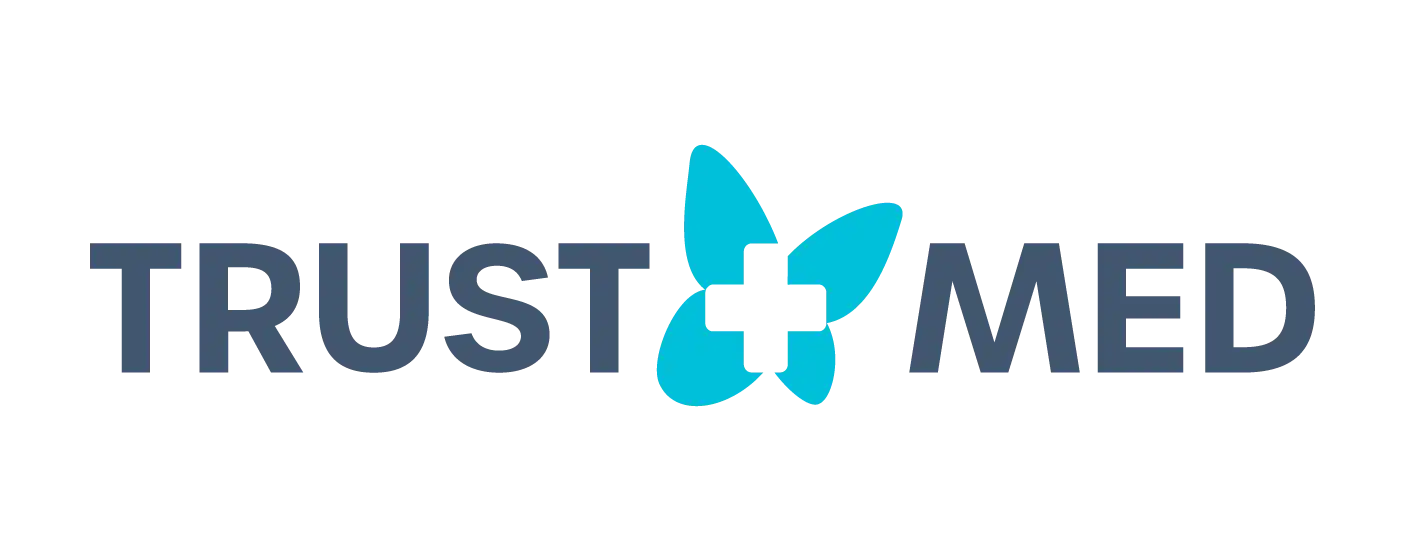TrustMed Clinic : Tummy Tuck Drain Care: A Complete Guide

Why Drains Are Used in Tummy Tuck Surgery
During a tummy tuck (abdominoplasty), excess skin and fat are removed, and the abdominal muscles are tightened. This creates space under the skin where fluid can accumulate during healing. To prevent this fluid build-up, surgeons often place surgical drains at the time of the procedure.
These drains:
- Help remove blood and lymphatic fluid
- Reduce the risk of seroma (fluid collection)
- Support skin adherence to the underlying tissue
- Speed up recovery and improve surgical results
Drains are temporary but essential tools in ensuring a safe, smooth recovery.
What Do Tummy Tuck Drains Look Like?
Most tummy tucks use closed suction drains—typically Jackson-Pratt (JP) drains. These include:
- A thin silicone tube placed under the skin
- A bulb-shaped reservoir outside the body
- A small suture or adhesive to keep the drain in place
- The bulb creates gentle suction to draw fluid out of the body. You’ll usually have one or two drains, depending on the extent of your procedure.
How Long Will I Have Drains?
Drain duration depends on:
- The amount of fluid your body produces
- Your healing rate and activity level
- The surgeon’s preference and assessment
On average, drains are removed 5 to 10 days post-surgery, once fluid output falls below a certain level—often under 30 ml per drain per 24 hours.
At Trustmed Clinic, drain management is closely monitored by your nurse team during your hotel recovery stay, and removal is done by your surgeon or medical staff during an in-person check-up.
Daily Tummy Tuck Drain Care: Step-by-Step
1. Empty and Measure Output
- Use a clean container or measuring cup
- Record the amount and color of the fluid every 8–12 hours
- Reset the bulb suction by compressing and capping it properly
Fluid is usually red or pink at first, then becomes yellow or light orange as healing progresses.
2. Clean the Drain Site
- Wash hands thoroughly before touching the drain
- Use antiseptic wipes or saline around the drain insertion site
- Keep the area dry and covered with sterile gauze
- Change the dressing daily or more often if it becomes wet or dirty
3. Secure the Drain
- Use medical tape or a drain belt to prevent tugging
- Avoid letting the drain hang freely—it may pull at the incision site
- Don’t sleep on the side of your drains
Tips to Prevent Drain Complications
- Do not cut or trim the drain
- Never attempt to remove it yourself
- Avoid soaking in a bathtub, pool, or hot tub
- Wear loose clothing to prevent friction
- Keep a daily drain log to show your surgeon during follow-up
Signs of Drain Problems: When to Contact Your Surgeon
While drains are safe and well-tolerated, watch for signs of:
- Fever above 38°C (100.4°F)
- Pus-like discharge or foul odor
- Sudden increase in fluid or bright red bleeding
- Hardness or redness around the drain site
- Loss of suction in the bulb
At Trustmed Clinic, you’re monitored daily during your stay, and our team is available 24/7 to handle any signs of complication.
What Happens During Drain Removal?
Drain removal is a quick, low-pain procedure performed when your output is consistently low. Your surgeon will:
- Cut any stitches securing the drain
- Ask you to take a deep breath
- Gently pull out the tubing in one motion
- Cover the site with a sterile dressing
You may feel a brief pulling sensation, but pain is minimal, and no anesthesia is required. The drain hole closes naturally over the next few days.
Life Without Drains: Aftercare Tips
After your drains are removed:
- Continue wearing your compression garment
- Keep the former drain site clean and covered for a few days
- Resume light activities gradually
- Watch for fluid accumulation (swelling, tightness)
Your Trustmed surgeon will guide you through this transition and continue to monitor you via remote follow-up after you return home.
Frequently Asked Questions
Most traditional tummy tucks involve drains. However, drain-free techniques (like progressive tension sutures) exist and may be used in select cases.
Most surgeons allow gentle showering after 48–72 hours, provided the incision and drain sites are protected and dried afterward. Baths are not allowed.
Contact your clinic immediately. At Trustmed, we offer insurance-backed aftercare and 24/7 nurse assistance to handle emergencies.
It’s possible—but we recommend staying in Turkey until drain removal, especially for international patients. Trustmed packages include hotel recovery support until you’re medically cleared.






